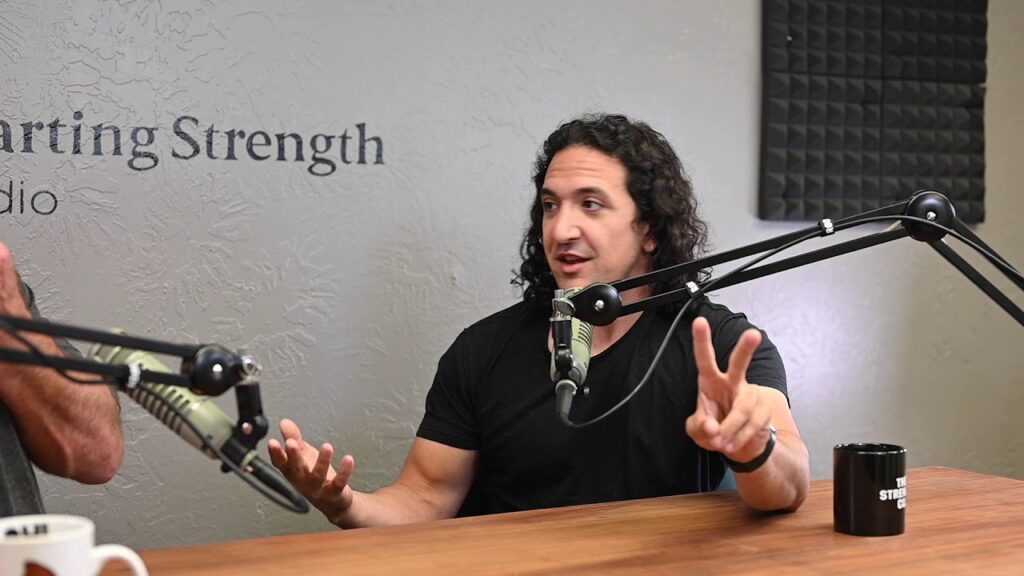Lifting
Intro To Barbell Lifting
Making lifters more confident & independent under the bar
Get Started
Start With An Intro Class
Open Gym and Private Trainings also available.
Intro Barbell Coaching
The Intro to Barbell Class is a two-hour private session with a certified Starting Strength Coach Robert Santana. It is designed to build your confidence and independence under the barbell. You’ll learn the essentials lifts for barbell training, including the squat, deadlift, bench press, and press. The power clean is not covered.
The session also covers beginner programming strategies, nutrition advice, gym etiquette, and how to use the equipment for barbell training.
Lifts Included In Intro Class
The Squat
The squat is one of the oldest human movements and engages more muscles than any other lift. Performed with a barbell on the back, it involves bending the knees and hips until the thighs are just below parallel to the floor. At Weights & Plates, we teach the low bar squat, as described in Starting Strength: Basic Barbell Training 3rd Edition. This version places the bar just below the spine of the scapula, engaging the hip muscles primarily. No other exercise challenges a lifter like a properly performed low bar squat.
The Deadlift
The deadlift is the most functional movement in human history, mimicking the natural action of bending over and picking something up. However, it’s often associated with injury when done incorrectly. The misconception is that bending over is “bad,” but the real issue is doing so without engaging the back and leg muscles. Properly performed with a tight back, glutes, and thighs, the deadlift is safe and effective for building your strength. At Weights & Plates, we will teach you the proper technique for performing this safely.
The Press
Once the king of all upper body lifts, this upper body exercise has fallen out of favor. However, with the growth of Strength Lifting, its popularity is slowly coming back. The press involves standing erect and pressing a barbell overhead to a shrugged position. This results in a stronger shoulder girdle, which will support you in placing things overhead and setting things down from an overhead position. It is the single best exercise for shoulder health and shoulder strength.
The Bench Press
The bench press is the most popular exercise in weight rooms worldwide. When the Press was removed from the Olympics in 1972 and upright support benches became common, lifters discovered they could bench press more weight than they could press, leading to increased pectoral growth and the famous question: “How much can you bench?” It is also one of the three competition lifts in powerlifting, alongside the squat and deadlift. At Weights & Plates, we teach the bench press to develop upper body strength, focusing on stronger shoulders, arms, and pectorals and how to perform this lift safely.
Other Lifts Taught
The Power Clean
The Power Clean is a variation of the Clean, part of the Clean & Jerk in Olympic Weightlifting. The Clean involves pulling the bar from the floor and catching it on the shoulders with the thighs below parallel. The Power Clean is the same, but the bar is caught with the thighs above parallel, developing explosive power by pulling the bar higher. This makes it excellent for training explosiveness, beneficial in many sports. While not everyone needs to power clean, those who can should, and we will be happy to teach you how after you gain some experience.
The Chin-up
The Chin-Up, often called the “6th barbell lift,” is performed with a suspended bar. The lifter grips the bar and hangs with arms, shoulders, and torso fully extended. The lift begins by pulling the shoulder blades down, then extending the shoulders and flexing the elbows until the chin clears the bar. This exercise builds upper body strength, and most people can work up to doing a chin-up.
Frequently Asked Questions
Starting Strength: Basic Barbell Training 3rd Edition is a book that was originally written in 2005 by a gentleman by the name of Mark Rippetoe. The book is currently in its third edition and had led to the development of the Starting Strength website, Starting Strength Seminars, Starting Strength Coach Credential, Starting Strength Gyms, and Starting Strength Equipment. Starting Strength is a book that describes a model of basic barbell training based on both biomechanics and decades of practical experience both coaching and performing the lifts. The lifts outlined in the book are The Squat, The Deadlift, The Press, The Power Clean, and The Bench Press. Weights & Plates Strength & Nutrition Center is a Starting Strength Affiliate Gym and Robert Santana is a Starting Strength Coach.
Starting Strength: Basic Barbell Training 3rd Edition is also the original home of the Starting Strength Novice Linear Progression, which is a popular strength training program for novice lifters. All lifters at Weights & Plates will begin their first week of training with some variation of the Starting Strength Novice Linear Progression, with rank novice lifters staying on it for several months and previously trained lifters staying on it for several weeks. It is not only a novice program but a useful method of determining baseline strength and recovery capabilities.
The program requires the lifter to perform 3 sets of 5 repetitions for squats, bench presses, and presses 5 sets of 3 repetitions on the power clean, and 1 set of 5 repetitions on deadlift. The lifter performs the lifts three times per week, adding weight each time provided all repetitions are completed with proper technique. The program starts with squats and deadlifts performed at all workouts and presses alternating with bench presses. As the program progresses, the deadlift alternates with the power clean, chin-ups are added at 3 sets of 10 repetitions, and heavy squats are restricted to twice per week. If you are ready to get strong, come start your linear progression today!

